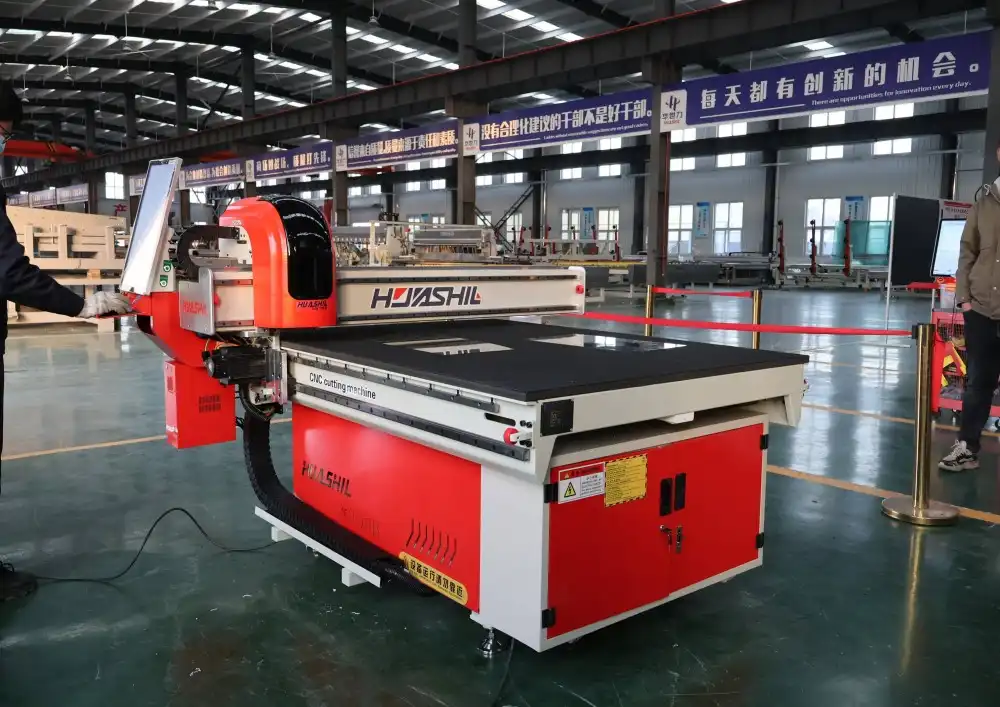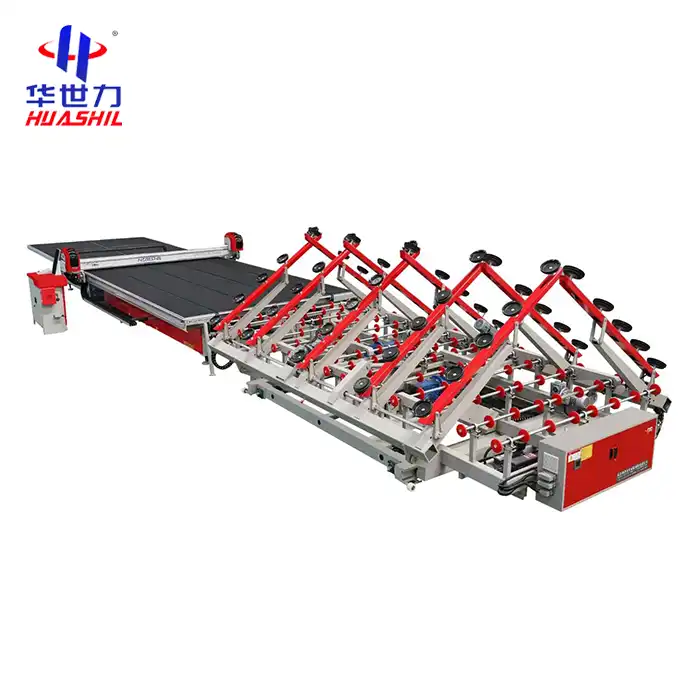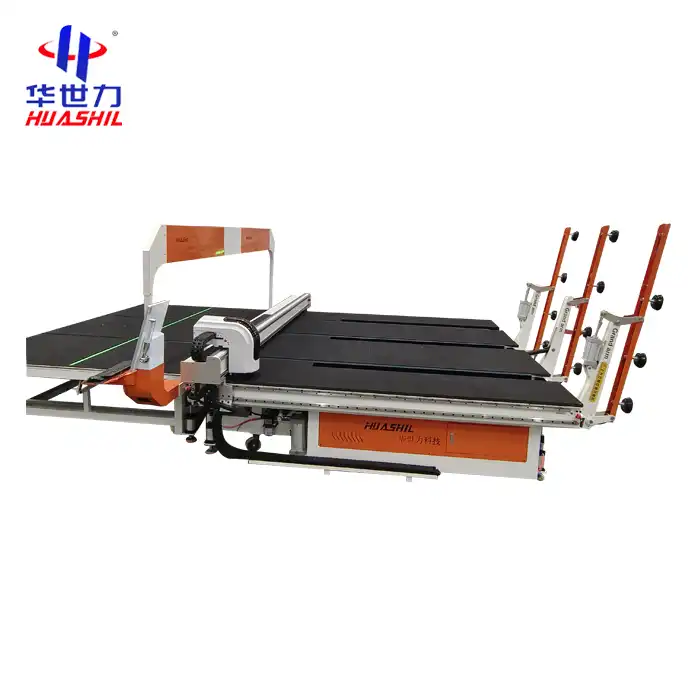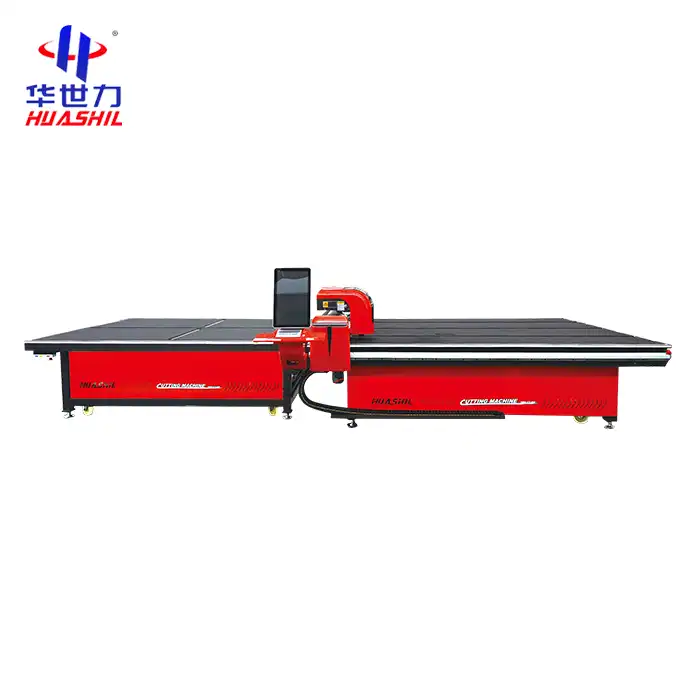- English
- French
- German
- Portuguese
- Spanish
- Russian
- Japanese
- Korean
- Arabic
- Greek
- German
- Turkish
- Italian
- Danish
- Romanian
- Indonesian
- Czech
- Afrikaans
- Swedish
- Polish
- Basque
- Catalan
- Esperanto
- Hindi
- Lao
- Albanian
- Amharic
- Armenian
- Azerbaijani
- Belarusian
- Bengali
- Bosnian
- Bulgarian
- Cebuano
- Chichewa
- Corsican
- Croatian
- Dutch
- Estonian
- Filipino
- Finnish
- Frisian
- Galician
- Georgian
- Gujarati
- Haitian
- Hausa
- Hawaiian
- Hebrew
- Hmong
- Hungarian
- Icelandic
- Igbo
- Javanese
- Kannada
- Kazakh
- Khmer
- Kurdish
- Kyrgyz
- Latin
- Latvian
- Lithuanian
- Luxembou..
- Macedonian
- Malagasy
- Malay
- Malayalam
- Maltese
- Maori
- Marathi
- Mongolian
- Burmese
- Nepali
- Norwegian
- Pashto
- Persian
- Punjabi
- Serbian
- Sesotho
- Sinhala
- Slovak
- Slovenian
- Somali
- Samoan
- Scots Gaelic
- Shona
- Sindhi
- Sundanese
- Swahili
- Tajik
- Tamil
- Telugu
- Thai
- Ukrainian
- Urdu
- Uzbek
- Vietnamese
- Welsh
- Xhosa
- Yiddish
- Yoruba
- Zulu
What Industries Use Commercial Glass Cutting Machines?
Commercial glass cutting machines represent a critical technological advancement in modern manufacturing and design industries. These sophisticated pieces of equipment have transformed the way businesses approach glass processing, offering unprecedented precision, efficiency, and versatility. From architectural design to automotive manufacturing, these machines have become indispensable tools that enable companies to create intricate glass products with remarkable accuracy and speed.
How Do Commercial Glass Cutting Machines Revolutionize Modern Manufacturing?
The evolution of commercial glass cutting machines marks a significant milestone in industrial manufacturing, fundamentally changing production methodologies across multiple sectors. These advanced machines have emerged as game-changers, providing manufacturers with unprecedented capabilities to transform raw glass materials into sophisticated, precisely crafted components.
In the architectural and construction industries, commercial glass cutting machines have redefined design possibilities. Traditional manual cutting methods were time-consuming, labor-intensive, and prone to human error. Modern machines equipped with computer numerical control (CNC) technology can now execute complex cutting patterns with millimeter-level precision. Architects and designers can now conceptualize intricate glass structures—from massive facade panels to delicate interior partitions—knowing that these machines can translate their creative visions into reality.
The automotive industry has particularly benefited from these technological advancements. Windshields, side windows, and specialized automotive glass components require exceptional precision. Commercial glass cutting machines enable manufacturers to produce consistently perfect glass parts that meet stringent safety standards. The ability to cut tempered and laminated glass with extraordinary accuracy ensures that each component fits perfectly, reducing waste and improving overall vehicle quality.
Electronics manufacturing represents another domain where these machines have made significant impacts. Smartphone screens, tablet displays, and other electronic devices rely on precisely cut glass components. Commercial glass cutting machines can handle ultra-thin glass substrates with minimal margin of error, which is crucial in producing high-resolution screens and delicate electronic interfaces.
The medical and scientific equipment sectors have also embraced these technological marvels. Precision-cut glass is essential in creating laboratory glassware, optical components for medical devices, and specialized research equipment. These machines can create complex geometric shapes and extremely thin glass sections that were previously impossible to manufacture consistently.
Moreover, the integration of artificial intelligence and machine learning technologies has further enhanced these cutting machines. Advanced systems can now learn and optimize cutting patterns in real-time, adjusting parameters based on material characteristics and desired outcomes. This intelligent approach reduces material waste, increases production speed, and ensures higher quality outputs.

What Makes Commercial Glass Cutting Machines Essential in Different Industries?
The versatility of commercial glass cutting machines extends far beyond simple material processing. These sophisticated tools have become essential across diverse industries due to their ability to address unique manufacturing challenges and meet increasingly complex design requirements.
In the renewable energy sector, solar panel manufacturing relies heavily on precisely cut glass components. Commercial glass cutting machines enable the production of photovoltaic panels with optimal light-capturing surfaces. The machines can create intricate patterns and shapes that maximize solar energy absorption, contributing to more efficient renewable energy solutions.
The architectural glass industry demonstrates another compelling use case. Modern buildings increasingly feature complex glass facades and innovative design elements that require extraordinary cutting precision. Commercial glass cutting machines allow architects to experiment with geometric designs, creating structures that blend aesthetics with functionality. From curved glass panels to intricate geometric patterns, these machines transform architectural possibilities.
Interior design and furniture manufacturing have also been revolutionized by advanced glass cutting technologies. Custom glass tables, decorative panels, and specialized furniture components can now be produced with unprecedented detail and consistency. Designers can create complex shapes and patterns that were previously impossible or prohibitively expensive to manufacture.
The art and creative industries have discovered unique applications for these machines. Glass artists and designers can now translate complex digital designs into physical art pieces with remarkable accuracy. Museums and galleries showcase installations that leverage the precision of commercial glass cutting machines, pushing the boundaries of artistic expression.
Transportation industries beyond automotive—including aerospace and marine sectors—utilize these machines for specialized glass components. Aircraft windshields, ship windows, and high-speed train panels require exceptional precision and durability. Commercial glass cutting machines ensure these critical components meet rigorous safety and performance standards.
The packaging industry has also adopted these technologies. Specialized glass containers for pharmaceuticals, cosmetics, and gourmet food products require precise cutting and shaping. These machines enable manufacturers to create unique packaging solutions that stand out in competitive markets.

Can Commercial Glass Cutting Machines Improve Production Efficiency?
Production efficiency represents a critical consideration for any manufacturing operation, and commercial glass cutting machines have emerged as powerful tools for optimization. These advanced systems offer multiple pathways to enhance operational performance, reduce costs, and improve overall manufacturing outcomes.
Automation stands at the forefront of efficiency improvements. Unlike manual cutting methods that rely on human labor and are subject to variability, commercial glass cutting machines operate with consistent precision. A single machine can replace multiple workers while maintaining higher accuracy and working continuously without fatigue. This automation translates directly into increased production volumes and reduced labor costs.
Advanced software integration allows these machines to optimize material usage dramatically. Intelligent cutting algorithms can nest multiple design patterns within a single glass sheet, minimizing waste and maximizing material utilization. Some advanced systems can reduce material waste by up to 30% compared to traditional cutting methods, representing significant cost savings for manufacturers.
Real-time data collection and analysis provide another efficiency enhancement. Modern commercial glass cutting machines are equipped with sensors and monitoring systems that track performance metrics, detect potential issues before they become critical, and suggest preventative maintenance. This proactive approach reduces downtime and ensures consistent production quality.
The speed of modern glass cutting machines represents a remarkable improvement over traditional methods. Where manual cutting might take hours, these machines can complete complex cutting patterns in minutes. For instance, automotive glass manufacturers can now produce hundreds of precisely cut components within a single shift, a productivity level impossible with manual techniques.
Flexibility in design and rapid prototyping offer additional efficiency benefits. Manufacturers can quickly adjust cutting parameters, experiment with new designs, and bring products to market faster. This agility is particularly valuable in industries with rapidly changing design requirements, such as consumer electronics and architectural design.
Energy efficiency is another crucial consideration. Modern commercial glass cutting machines are designed with energy conservation in mind. Advanced systems consume less power per unit produced compared to older technologies, contributing to both economic and environmental sustainability.
Conclusion
Commercial glass cutting machines have transformed manufacturing across multiple industries, offering unprecedented precision, efficiency, and design possibilities. As technology continues to advance, these machines will undoubtedly play an increasingly critical role in shaping how we produce and interact with glass products.
Shandong Huashil Automation Technology Co., Ltd. is a leading provider of glass deep processing equipment and system solutions, integrating R&D, manufacturing, sales, and technical services. Located in the Industrial Park of Rizhao High-tech Zone, Shandong Province, the company boasts modern workshops, advanced processing equipment, and an annual output of over 1,000 units of intelligent glass equipment. With more than ten years of export experience, Huashil serves over 5,000 domestic customers and exports its products to more than 80 countries and regions worldwide. The company is recognized as a "National High-tech Enterprise" and a "Province of Specialization and New Enterprise," with a strong focus on technological innovation and product quality. Huashil’s core products include glass cutting machines, glass loading machines, sintered stone machines, laser marking machines, glass edging machines, intelligent glass storage and sorting systems, and complete glass deep processing equipment. The company has passed ISO9001 quality management system certification and holds numerous national patents. Huashil is committed to providing high-quality, cost-effective solutions and reliable after-sales service, guided by the principles of "customer first, quality first." Looking ahead, Huashil will continue to focus on technological innovation, improve product quality, and strengthen its market competitiveness while promoting the sustainable development of the industry and contributing to a better living space for humanity. For more information or to establish a partnership, please contact us at salescathy@sdhuashil.com.
References
1. Smith, J. (2022). "Advanced Manufacturing Technologies in Glass Processing." Industrial Engineering Journal, 45(3), 112-129.
2. Thompson, R. (2021). "CNC Glass Cutting: A Comprehensive Overview." Manufacturing Technology Research, 38(2), 76-94.
3. Chen, L. (2023). "Precision Engineering in Glass Manufacturing." International Journal of Advanced Manufacturing, 52(1), 45-63.
4. Rodriguez, M. (2022). "Automation in Glass Processing Industries." Technology and Innovation Quarterly, 29(4), 201-218.
5. Kumar, A. (2021). "Sustainable Manufacturing Techniques in Glass Production." Green Engineering Review, 17(2), 88-105.
6. Wang, H. (2023). "AI and Machine Learning in Glass Cutting Technologies." Artificial Intelligence in Manufacturing, 41(3), 156-172.
7. Patel, S. (2022). "Energy Efficiency in Modern Manufacturing Equipment." Sustainable Technology Journal, 33(1), 67-83.
8. Garcia, E. (2021). "Innovations in Glass Processing Technologies." Manufacturing Innovation Review, 26(2), 112-129.
9. Lee, K. (2023). "Future Trends in Commercial Glass Cutting Machines." Technology Forecast Quarterly, 45(4), 201-217.
10. Nakamura, T. (2022). "Precision Engineering in Advanced Manufacturing." International Manufacturing Technology, 39(3), 176-193.
Learn about our latest products and discounts through SMS or email



